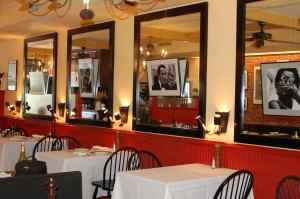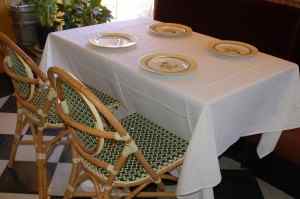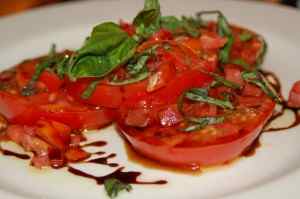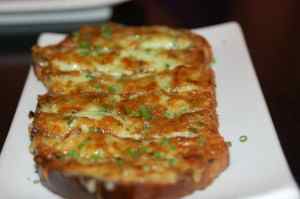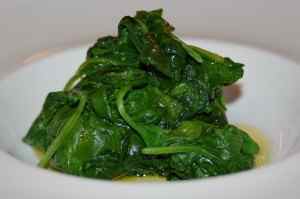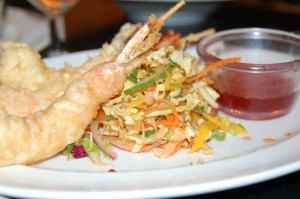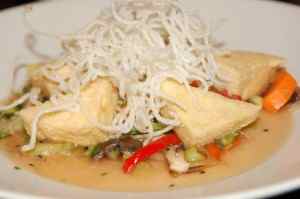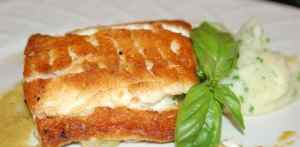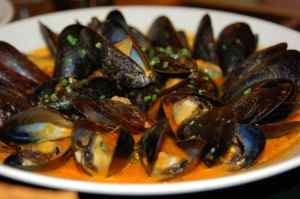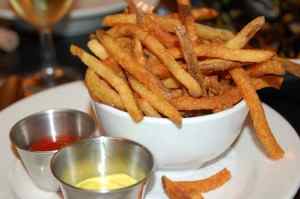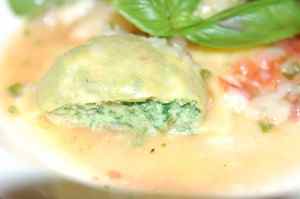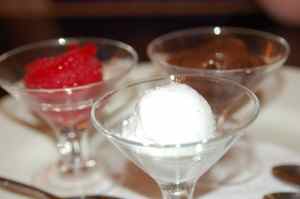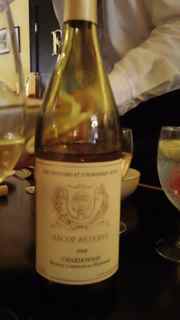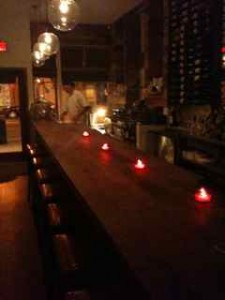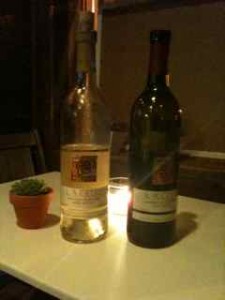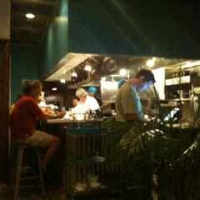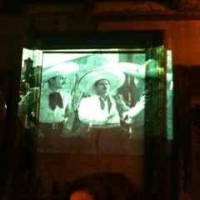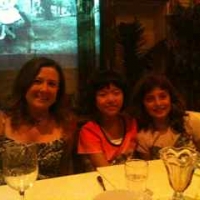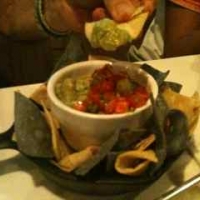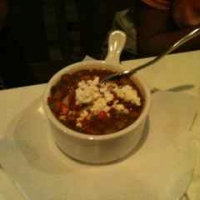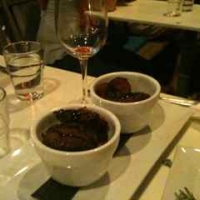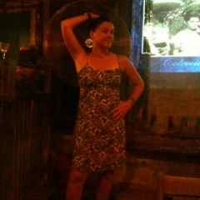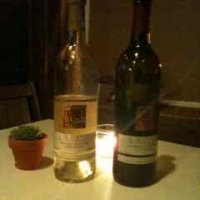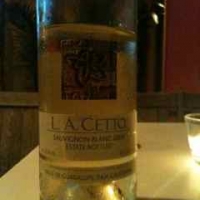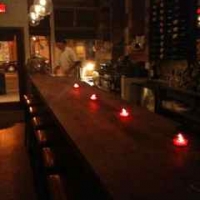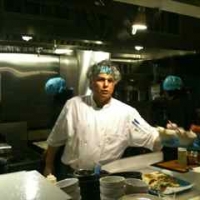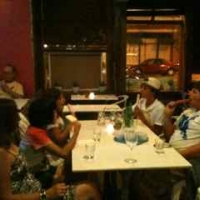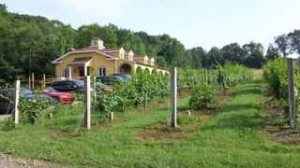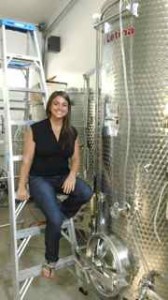It seems everyone is drinking rosés right now, even those of us who used to eschew them as not being serious enough to tempt our palates. I confess to being a convert in this regard. But many people still seem confused about how a rosé is actually made. The most common misconception I have run across is the belief that rosé is made from red wine diluted with white wine to achieve the pink color. Let us consider this misconception dispelled. Rosé is made by crushing red wine grapes to begin extracting color and flavor from the skins. Once enough color is extracted to produce that beautiful pink hue (usually between one hour and two days), the solids are removed. The juice is then fermented with the same method used for white wine. Dry or semi-sweet, these wines are fruity with medium to high acidity.
As for other names…sweeter rosés are often labeled “blush,” single variety wines may be termed “white” as in “white zinfandel, and these style wines from Spain, Italy and Germany are called rosado, rosato and weissherbst, respectively. But a rosé by any other name…
